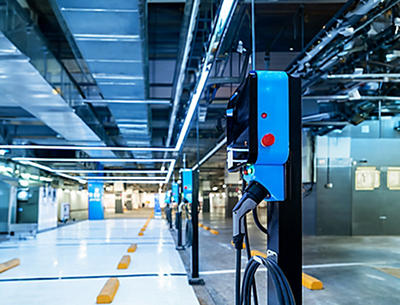Drivers and determinants of solar adoption
In the case of solar and battery storage, new CommBank research suggests most businesses (57%) are considering investment at some stage. The top motivation is reducing power costs, cited by 62% of businesses. Reducing their carbon footprint and becoming energy independent also feature.2
Many businesses also agree that there are prerequisites to investing in solar and batteries, with a demonstrated return on investment being the highest rated (52%). That's followed by access to government rebates and subsidies and discounted 'green' financing.
Chris Moldrich, General Manager Asset Finance, CommBank, said that while reducing energy costs is sharpening businesses' focus on solar adoption, many are taking a longer-term view on investment decision-making.
"Late last year, research showed that few businesses had concrete plans to invest in solar and battery storage in the next 12 months3. What we are seeing now is that most are open to future investment if the business and sustainability case stacks up."
"Many businesses are also clear-eyed about what it takes to advance solar and battery adoption. They're seeking certainty over the ROI and funding structured to reduce total project costs."
The infrastructure vital to the next wave of EV adoption
In mid-2023, businesses across Australia were signalling their intention to lead the expansion of Australia's electric vehicle market. At the time, research confirmed that 14.7% of businesses were using electric or hybrid vehicles and 40% expected to follow.4
Over the course of 2023, EV sales across the market also recorded impressive growth. They accounted for 7.2% of all vehicle sales in the year to November, and up significantly year-on-year.5 As the number of on-road electric vehicles grows, more attention is turning to the charging infrastructure that will support the next phase of adoption.
When asked which charging infrastructure improvements would support investment in electric vehicles, the top response was more pay-per-use public chargers (37.8%), well ahead of the installation of chargers at work or home. However, the research revealed many businesses were unsure.
"We know demand for electric vehicles among businesses is strong, but some uncertainty remains about the charging infrastructure that makes it a practical choice when upgrading," Moldrich said.
"What's encouraging is that for both solar and battery storage, and electric vehicles, there are many businesses planning to invest. They are starting to develop criteria for that investment pathway so that it can have the optimal businesses and environmental impact."





